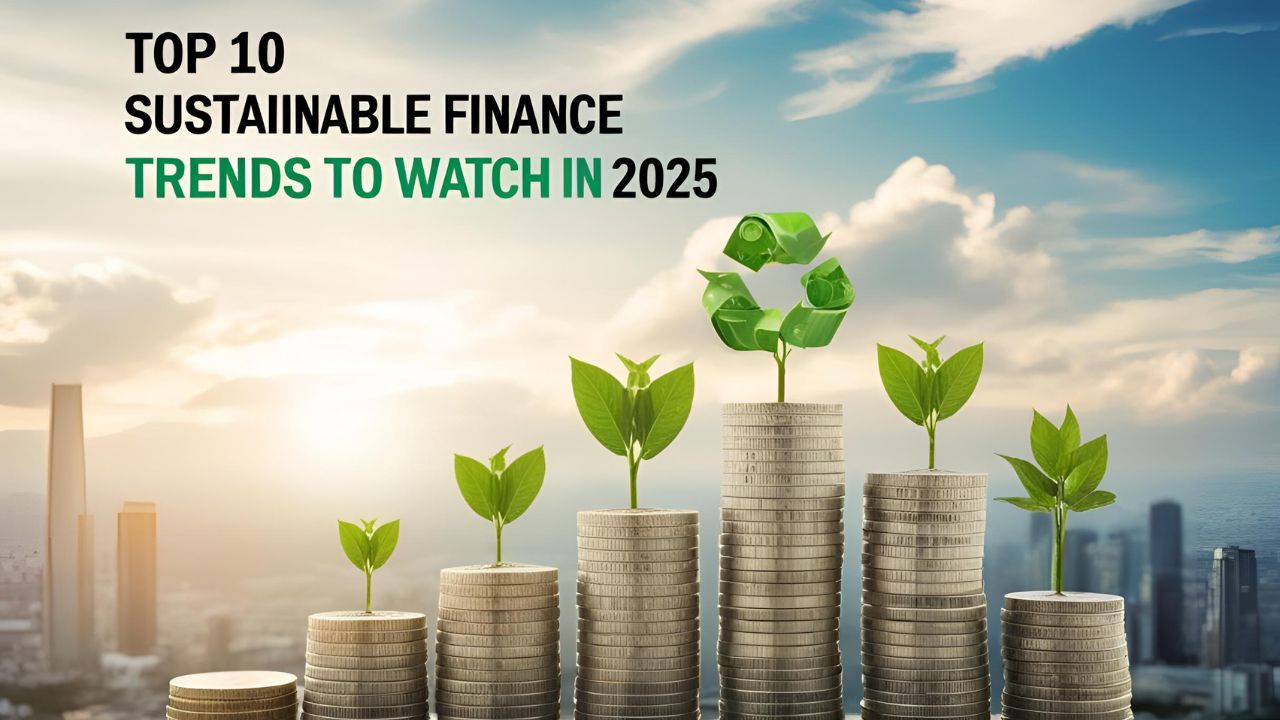From an investor’s or corporate policymaker’s viewpoint, 2025 marks the beginning of profound changes in sustainable finance. We are at the precipice of transformative opportunities, defined by the convergence of climate policies, advanced technology, and innovative market dynamics. The following are the year’s top predominant sustainable finance trends and their future implications.
1. US Climate Policy Changes
With new policies come fresh opportunities. The US is shifting to a pivotal stage for climate and energy policies. Recently proposed policies from the new administration will streamline permitting procedures and accelerate energy transition programs. These changes are bound to impact the finance sector, including carbon transition projects and green investment frameworks.
2. Increased Issuance of Social and Sustainable Bonds
The sustainable bond market is witnessing dynamic increases. It has already surpassed the peak from the previous year and continues to trend upward alongside green and social bonds. Fixed-income assets, especially green and social bonds, have the largest share in sustainable finance investment due to the growing appeal from risk-averse investors interested in supporting projects with tangible environmental and social benefits.
3. Increased Stringency of Disclosures and ESG Compliance
Oversight is getting stricter. The new climate risk disclosure rule by the SEC, California’s and the EU’s climate disclosure laws, and the Corporate Sustainability Reporting Directive are raising the transparency thresholds. There is a need to improve the ESG data collection, reporting, and compliance frameworks for corporations and investors.
4. The Scrutiny of Transitional Finance Works Both Ways
Oversight in this area is also intensifying. Investment managers and regulators insist that capital allocation must lead to genuine decarbonization, not superficial (greenwashing). Expect stricter accountability and more rigorous standards for what qualifies as “transition” investment.
5. The Human Element in Climate Technology
The various applications of AI and Machine Learning are revolutionizing sustainable finance. Financial institutions employ sophisticated algorithms to analyze ESG data, discern patterns, and refine investment approaches. These technologies are increasing the precision of ESG reporting and allowing investors to discover attractive prospects in climate technology and clean energy.
6. Developments in ESG and Sustainable Investment Products
Changes in ESG funds, sustainable investment definitions, and marketing are occurring at a blistering pace. New classifications, innovative fund structures, and more stringent requirements redefine how sustainable assets are termed and marketed. Investors are looking for impact and financial returns, which is driving change across the entire ecosystem.
7. Sponsorship and Regional Differences
The sustainable finance market in the US has become more politicized, with discussions around ESG requirements and policy reversals in some states. In contrast, Europe and Asia are more productive, with a consolidated approach toward regulation. This creates additional complexity for global investors and multi-jurisdictional firms operating in numerous countries.
8. Biodiversity and Nature-Based Solutions
Investment instruments for sea projects and biodiversity are emerging (e.g., blue bonds and biodiversity credits). These instruments highlight the increasing recognition of nature in climate resilience, which is why biodiversity is rightfully moving to the forefront. Investors are increasingly adopting nature-based solutions and social impact into their sustainable finance strategies.
9. Involvement of Investors in Engagement and Stewardship
Investors are adopting a more proactive approach to the low-carbon transition. There is a movement toward active stewardship from passive ESG investing, where investors deal with companies to achieve tangible ESG results. People will expect this change to happen faster when sustainable finance takes on a responsiveness and impact focus.
10. Explosive Growth and Sustainable Competitive Advantages in the Market
The market for sustainable finance is poised for steep growth, estimated to reach over $35 trillion by 2034. Companies that respond swiftly to these opportunities will have a distinct competitive advantage. The demand for resilient, sustainable investments will continue to grow amidst increasing natural and artificial disasters.
2025 appears to be a watershed year for sustainable finance in the United States. From regulatory changes and policy windows to market expansion, these factors redefine sustainable finance’s value proposition in capital allocation for a low-carbon economy. Investors, businesses, and policymakers must act swiftly and inform themselves to thrive.
You may read this: Best Credit Cards for Students 2025: Our Top Picks for Cards to Use in the U.S. as a College Student
Information sources:
- https://www.reuters.com/sustainability/cop/us-finance-ceos-challenged-leaving-climate-pacts-by-democratic-lawmakers-2025-05-15/
- https://www.ussif.org
- https://en.wikipedia.org/wiki/US_SIF
- https://assets.ctfassets.net/pptrn6r2r6bl/1k6M70E9q5D07aAN5EctTn/050810e6eab5b3e461cf459ab5afe12f/2022_Annual_Report___FINAL.pdf
- https://www.gsi-alliance.org/alliance-members/us-sif/















